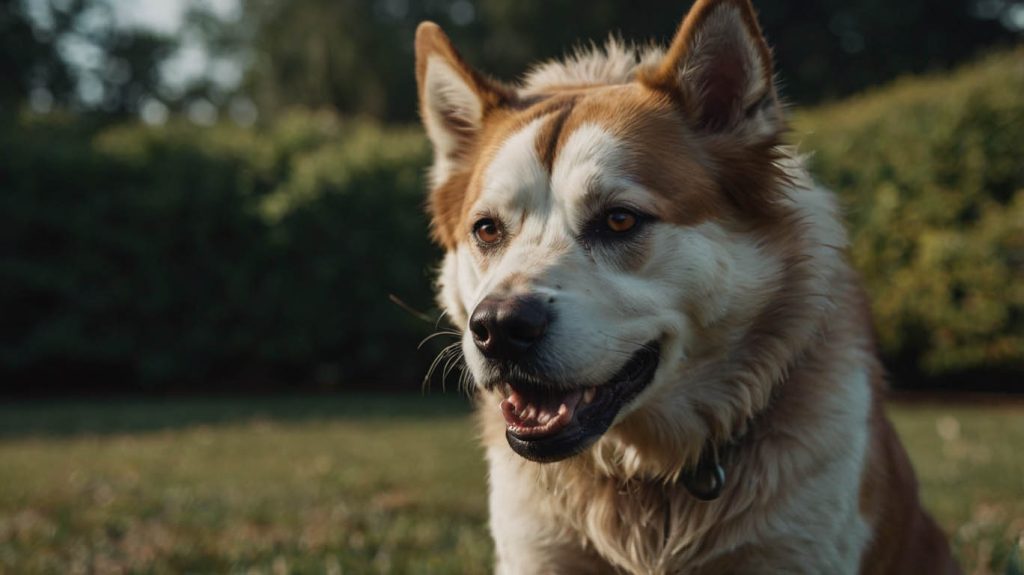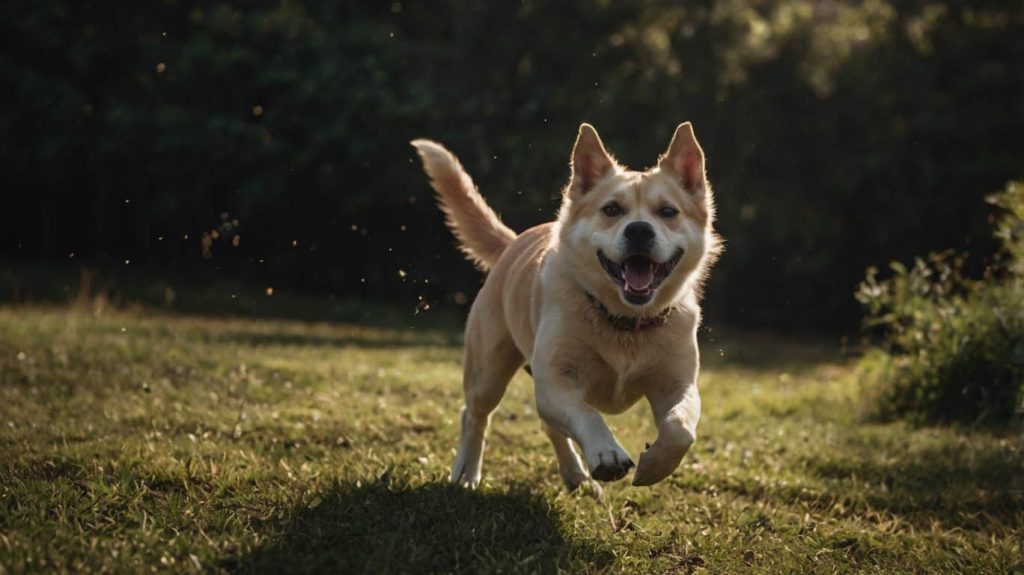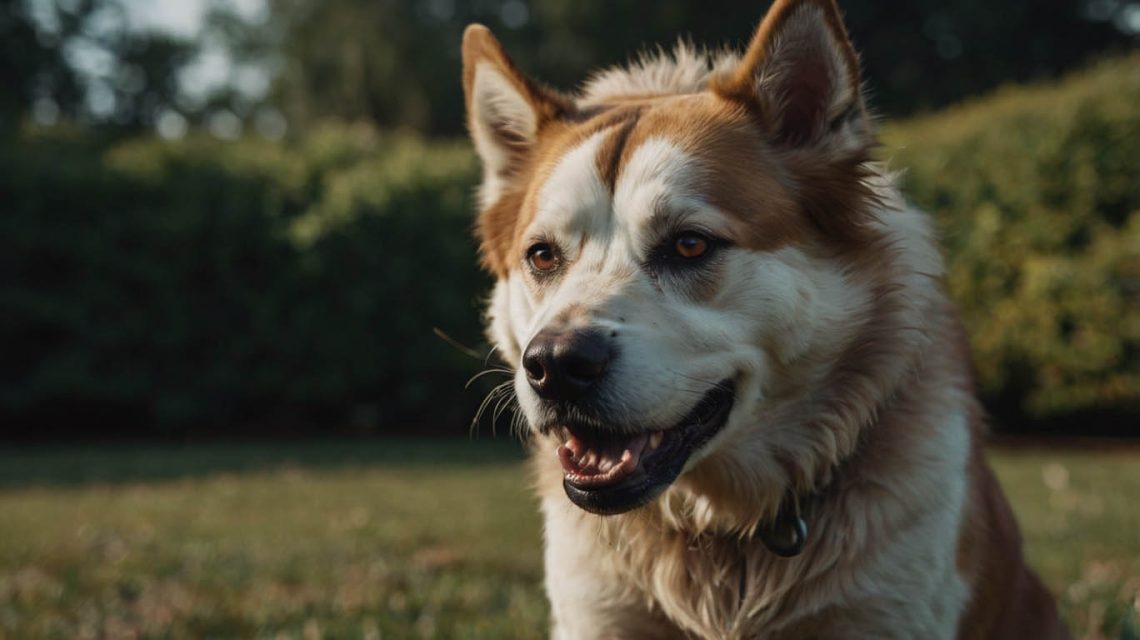Your dog is your best friend, a source of endless love and companionship. But recently, something has changed. A low growl rumbles in their chest when you approach their food bowl. On walks, they lunge and bark uncontrollably at other dogs. Perhaps they’ve even snapped at a visiting friend. In these terrifying moments, your world shrinks. You feel a cocktail of fear, confusion, and even shame. Consequently, you find yourself frantically searching for answers, asking the one question you never thought you would: how to deal with dog aggression?
If this is your reality, the first thing you must do is take a deep breath and recognize the seriousness of the situation. Dog aggression is not something to be ignored, “trained out” with punishment, or wished away. However, it is also not necessarily a sign of a “bad dog.” Aggression is a complex behavior, almost always stemming from fear, anxiety, or pain. Therefore, this guide is designed to provide you with a safe, responsible, and effective framework for understanding and managing this challenging issue.
The Unyielding First Step: Prioritize Safety Above All Else
Before you can even begin to understand the “why,” you must manage the “what.” Your immediate priority is to prevent your dog from harming anyone, including themselves. This is a non-negotiable first step.
- Implement Management Tools: Use tools like sturdy baby gates, crates, and doors to keep your dog separated from their triggers. If your dog is aggressive toward visitors, they must be securely crated or in another room before guests arrive.
- Use a Muzzle: Muzzle training is one of the most responsible and compassionate things you can do. A comfortable, well-fitted basket muzzle allows your dog to pant, drink, and even take treats, but it makes it impossible for them to bite. It is a safety tool that protects everyone and reduces your stress, allowing real training to begin.
- Avoid Triggering Situations: If your dog is aggressive toward other dogs, stop taking them to the dog park immediately. Cross the street on walks to avoid close contact. If they guard their food bowl, feed them in a separate room where they will not be disturbed.
Your ability to responsibly manage the situation is the foundation of how to deal with dog aggression safely.

Understanding the “Why”: Common Causes of Dog Aggression
Aggression is a symptom, not the core problem. To effectively address it, you must identify the underlying cause. Dogs rarely aggress without a reason.
Fear and Anxiety
This is the number one cause of aggression. A fearful dog who feels trapped or threatened may use aggression as a last resort to create distance and make the scary thing go away. This is common in dogs who were poorly socialized or have had traumatic experiences.
Pain or Illness
A sudden onset of aggression in a previously gentle dog is a major red flag for a medical issue. A dog in pain from an undiagnosed condition like arthritis, an injury, or a thyroid issue may snap when touched or approached because they are trying to protect a sore part of their body.
Resource Guarding
This is a genetic, instinctual behavior where a dog uses aggression to protect something they value, such as food, toys, their bed, or even their owner. This is a common form of dog aggression.
Leash Reactivity
This is the dog who is perfectly fine off-leash but lunges, barks, and snarls at other dogs while on a leash. It often stems from barrier frustration—the dog wants to greet the other dog but is frustrated by the leash’s restraint—or from feeling trapped and vulnerable on the leash.
Territorial Aggression
This is aggression directed toward strangers (people or animals) who enter the dog’s perceived territory (their home or yard). The barking and lunging are an attempt to drive the “intruder” away.
How to Deal with Dog Aggression: The Do’s and Don’ts
Your approach to this problem is critical. The wrong methods can make the aggression much, much worse.
What You MUST DO
- Consult Your Veterinarian Immediately: Your first call should be to your vet. They need to perform a full physical exam and blood work to rule out any underlying medical causes for the aggression. You cannot proceed with behavioral modification until you are sure the dog is not in pain.
- Keep a Journal: Start documenting every instance of aggression. Note the date, time, location, what was happening right before the incident (the trigger), and a detailed description of your dog’s body language (stiffening, hard stare, lip licking, etc.). This information will be invaluable for a professional.
- Learn Dog Body Language: Understanding the subtle signals your dog gives before they aggress (a “hard” stare, a closed mouth, a stiff tail) will allow you to recognize their discomfort and remove them from a situation before it escalates.
What You MUST NOT DO
- NEVER Use Punishment: This is the most important rule. Never yell at, hit, pin, or use aversive tools like shock collars or prong collars to “correct” aggression. Aggression stems from emotions like fear. Punishment will only increase that fear, confirming to the dog that the trigger (e.g., another dog) does indeed cause bad things to happen. This will break their trust in you and can turn a dog who growls into a dog who bites without warning. Punitive methods are the opposite of how to deal with dog aggression effectively.
- Don’t “Challenge” Your Dog for “Dominance”: The idea that aggression is about a dog trying to be “alpha” is an outdated and disproven theory. Trying to “dominate” your dog is more likely to get you bitten than to solve the problem.

The Next Step: Seeking Professional Help
While management is your immediate responsibility, resolving aggression almost always requires professional guidance. This is not a “DIY” project.
Who to Hire: Finding the Right Professional
The dog training industry is unregulated. You must find a qualified expert.
- Veterinary Behaviorist (DACVB): This is a veterinarian who has undergone years of additional, specialized training in animal behavior. They are the top-tier experts, especially for severe cases, and they can prescribe medication if necessary.
- Certified Applied Animal Behaviorist (CAAB): These are professionals with a Ph.D. or Master’s degree in animal behavior.
- Certified Professional Dog Trainer (e.g., CPDT-KA, KPA-CTP): Look for trainers who have certifications from reputable, science-based organizations and who have specific, verifiable experience working with aggression cases using positive reinforcement methods.
Ask any potential professional specifically how to deal with dog aggression. If their answer involves any of the punishment-based methods mentioned above, they are not the right person for the job.
A Path Forward: There is Hope
Living with an aggressive dog is a stressful and isolating experience. But with a commitment to safety, a deeper understanding of your dog’s behavior, and the guidance of a qualified professional, there is a path forward. The goal may be management rather than a “cure,” but you can absolutely learn to give your dog a happy, low-stress life while keeping everyone around them safe.
If you are struggling with dog aggression, please know you are not alone. This is a safe space. While we cannot offer specific training advice for safety reasons, sharing your story can help others feel less isolated. Your first step should always be to contact your veterinarian or a certified professional.


